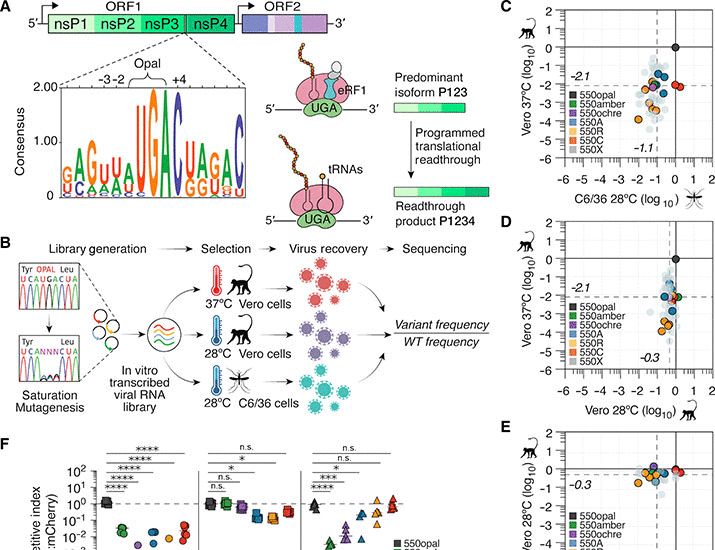

Despite saying “to be clear,” her first tweet in this thread contained an FAQ posted yesterday which contains NONE of the information she lists below.

Despite saying “to be clear,” her first tweet in this thread contained an FAQ posted yesterday which contains NONE of the information she lists below.

